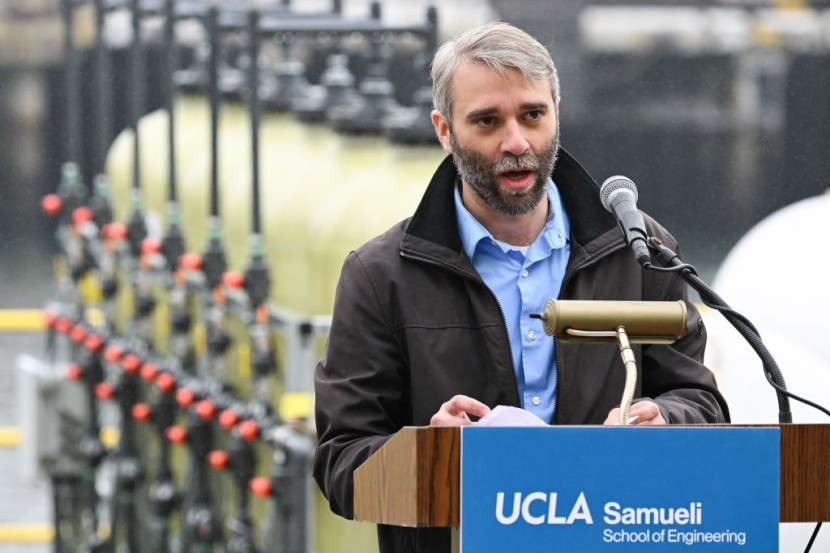Engineers in California have built a floating laboratory to help clean the ocean of carbon dioxide. The technology is called SeaChange, which was developed by the University of California Los Angeles engineering faculty.
SeaChange
SeaChange is developed to seize on the ocean's natural abilities. It involves a process where it sends an electrical charge through seawater flowing through tanks on the barge. Then, it sets off a series of chemical reactions that trap the greenhouse gas into a solid mineral that includes calcium carbonate.
After this process, the seawater is returned to the ocean with more ability to pull more carbon dioxide out of the air, while the calcium carbonate settles to the sea floor, according to AP News.
Scaling the Ocean Solution
There are now plans to scale the idea with another demonstration site in Singapore starting this month. With the data gathered at the Post of Los Angeles, it will help design larger test plants that are expected to run by 2025.
The bigger plants will be able to remove more CO2 per year. If everything goes well, there will be commercial facilities built to remove millions of tons of carbon every year.
Read also: Mercury Levels in Pacific Ocean Fish to Rise in Coming Decades
One of the Many Ideas to Help With Climate Change
The project is among the many ideas the researchers are exploring. However, scientists warn that cutting emissions is not enough to limit global temperature rise to 1.5 degrees Celsius.
A lot of the attention has been focused on land-based initiatives, but they also have limitations, including costs and the amount of land to be used. Hence, scientists turned to the ocean.
One of the ideas that scientists are exploring is to fertilize the surface of the ocean, which will cause a proliferation of tiny carbon-absorbing phytoplankton.

Another idea is to sprinkle beaches with minerals that could be slowly swept with the tides or deposited on coast beds to increase the alkalinity of seawater, which will allow it to pull more carbon dioxide from the atmosphere.
However, both ideas come with potential risks and uncertainties, including the impact on marine ecosystems and the potential unintended consequences of altering ocean chemistry.
The researchers emphasize that these ideas are not a silver bullet and should not replace efforts to reduce carbon emissions. They also stress the importance of thorough testing and monitoring before implementing any large-scale ocean-based initiatives.
The solution to the climate crisis will require a combination of efforts, including reducing emissions, transitioning to renewable energy, and exploring innovative solutions like these ocean-based initiatives.
In addition to these ocean-based initiatives, there are also other ways that we can work towards reducing our carbon footprint and mitigating the effects of climate change. For example, individuals can make simple changes in their daily lives, such as using public transportation or biking instead of driving alone, eating a plant-based diet or reducing meat consumption, and supporting companies that prioritize sustainability.
Furthermore, governments worldwide must take bold action to reduce emissions by implementing policies like carbon pricing and investing in clean energy infrastructure. It is crucial for all sectors - including industry leaders and policymakers - to come together with a shared sense of urgency if we hope to address this global crisis effectively.
Ultimately, it will require a collective effort from individuals across all levels of society working together towards common goals. By prioritizing sustainable practices individually and collectively as a global community, we can simultaneously ensure a healthier planet for future generations while protecting the healthiest oceans on earth - which provide more than half our oxygen supply.
Related article: Great Barrier Reef Formation is Not Continuous, Changes in Sea Level Impedes Process
© 2025 HNGN, All rights reserved. Do not reproduce without permission.








